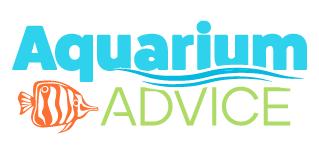There are a few causes of fish dying in such a short space of time, and a few issues that may be down the line.
Most likely causes for fish dying in a day or so.
- Not using a water conditioner, or not using enough. Can you confirm what water conditioner you used and what dosage?
- Poor acclimating. You mentioned a 30 minute acclimating period, but what exactly did you do?
- Lack of oxygen. Do you have a filter that agitates the surface of the water, or an airstone?
- The fish were already sick. Stress of the move was just the final straw.
A few things for down the line.
What do you understand about the nitrogen cycle?
Did you cycle the tank prior to getting your fish? If so, what did you do precisely? Or is this the first you are hearing about cycling tanks? You have a lot of fish going into a small tank if its not cycled. That will cause toxic water conditions over a period of time. Probably not enough to kill fish in 1 day, but you will be seeing issues in a week or so if you didnt cycle properly or don't know how to cycle with a tank of fish.
You have also learned a valuable lesson early on. Fish store employees often know nothing more about keeping fish than you do. Their job is to sell you stuff, and not necessarily advise you on the best information to keep your fish healthy. If fish get sick or die, they get to sell you medication, other additives or more fish.
Link to a page of articles for new fishkeepers.
https://www.aquariumadvice.com/foru...ou-get-started-with-your-aquarium-154837.html